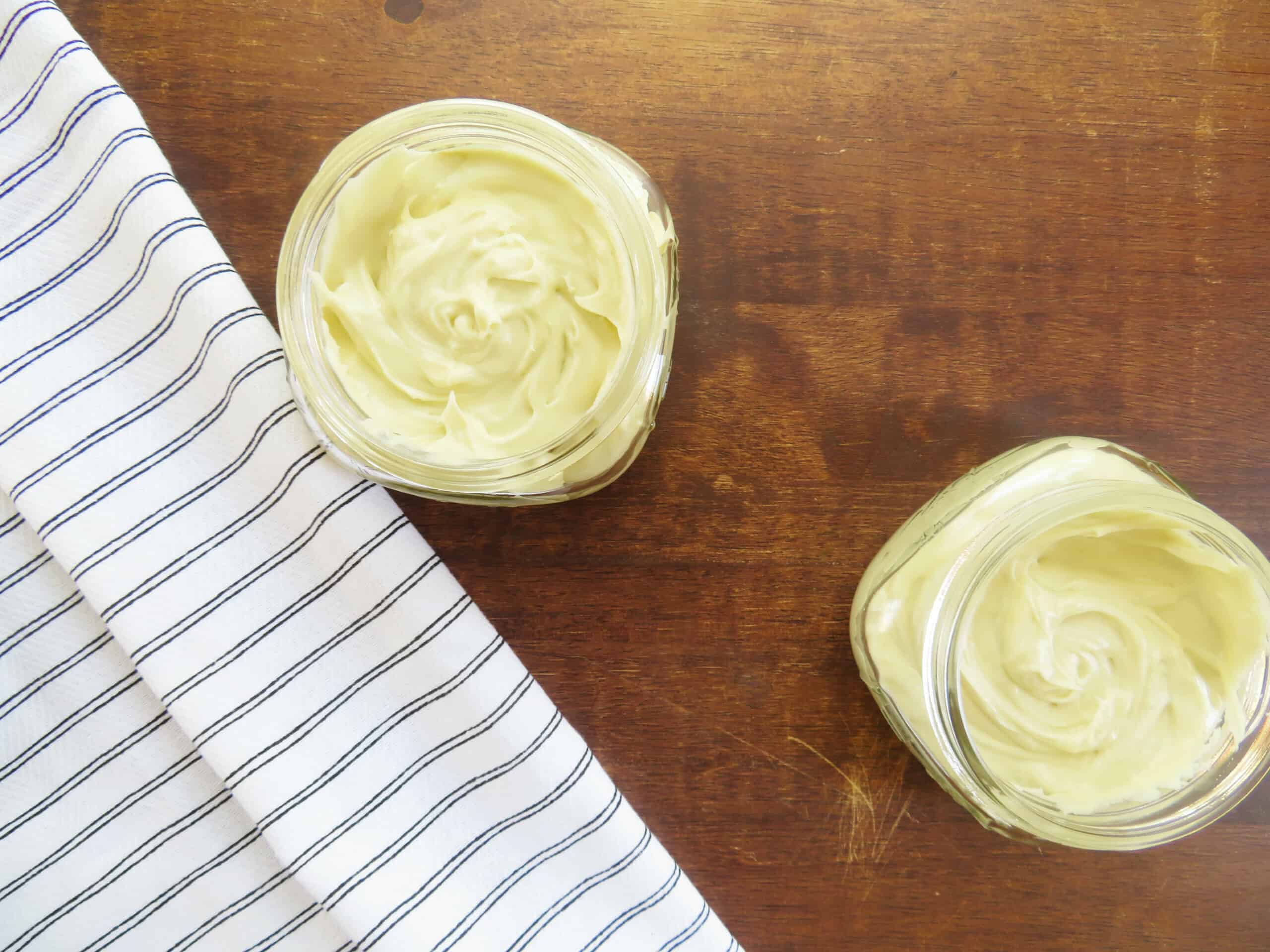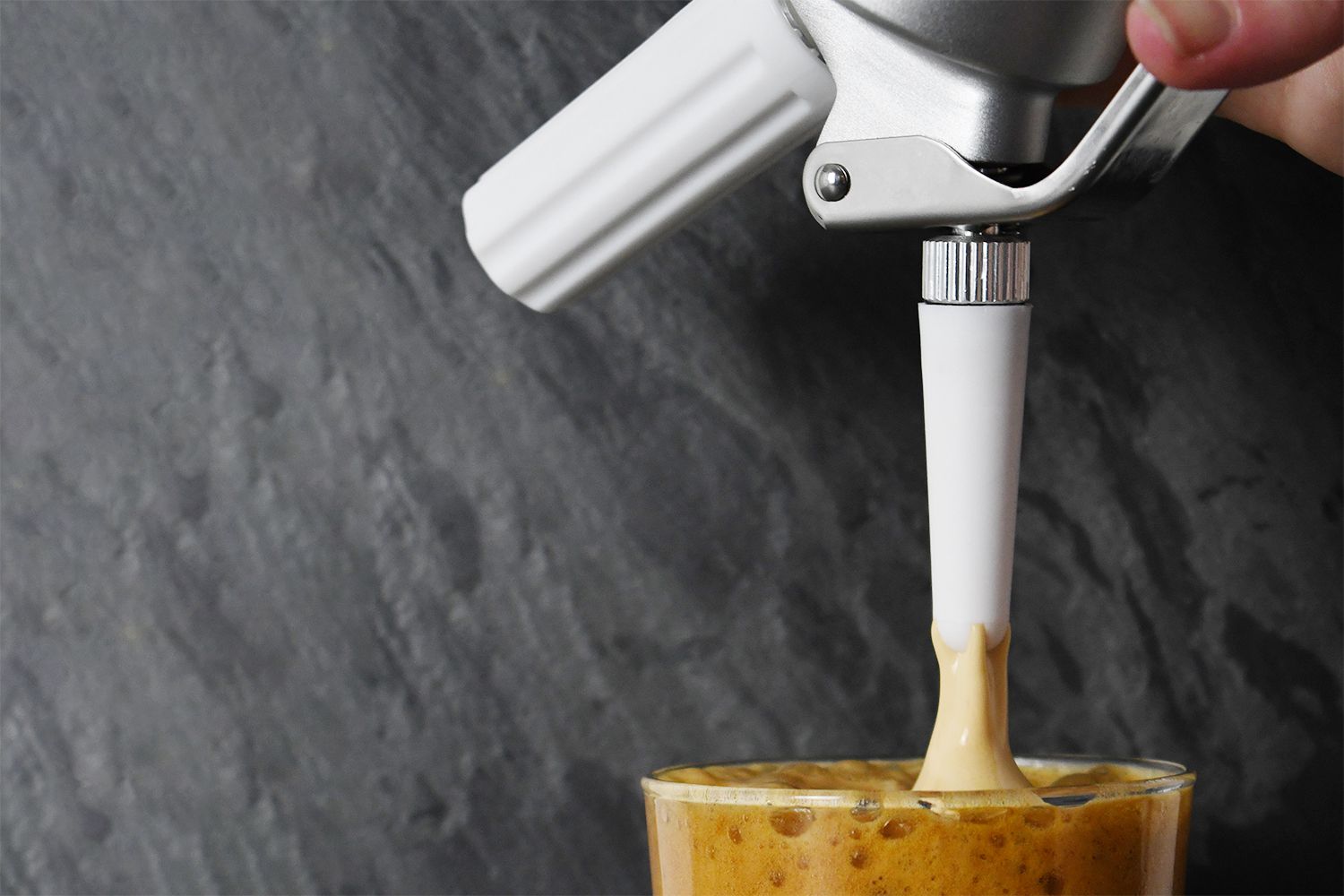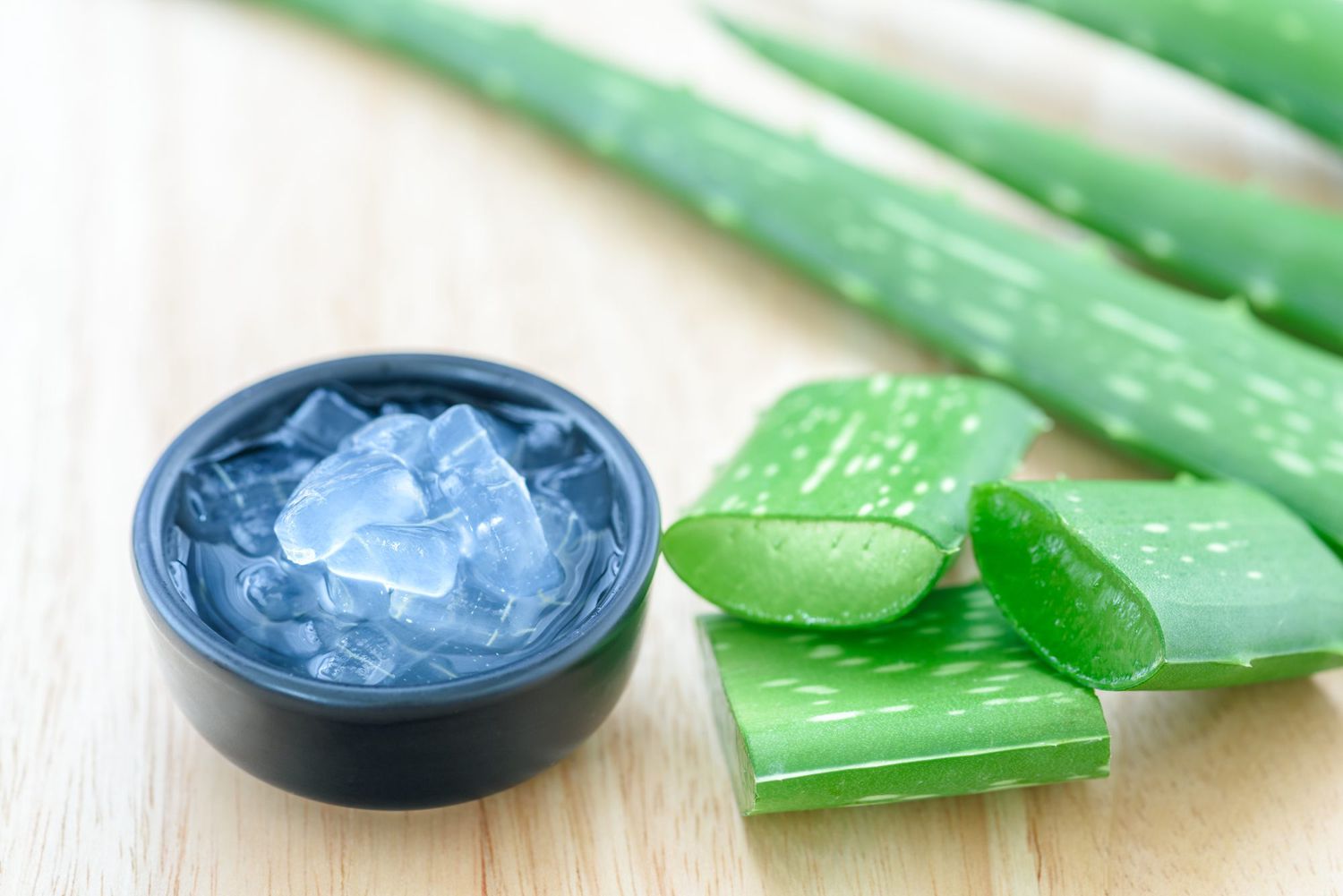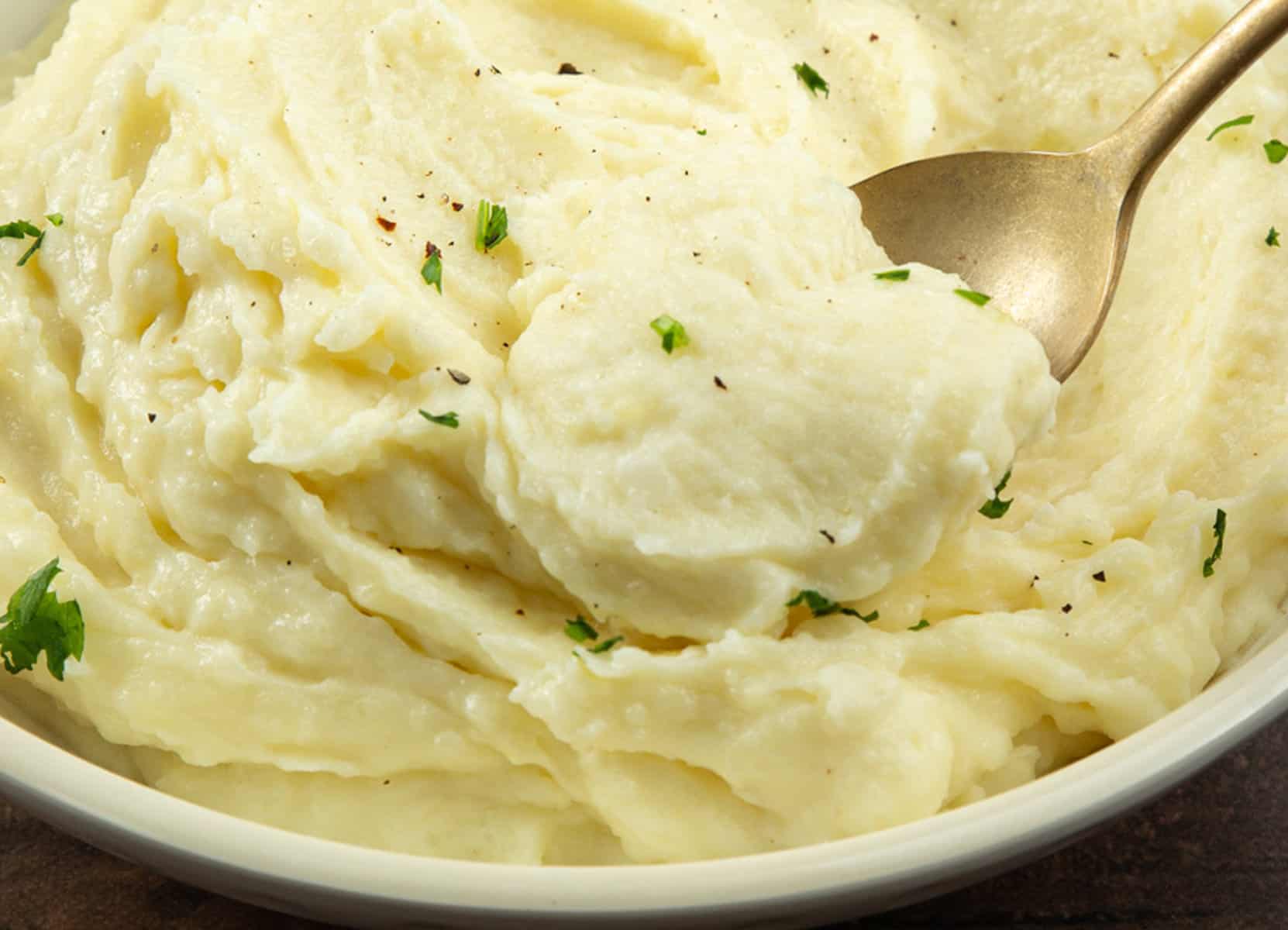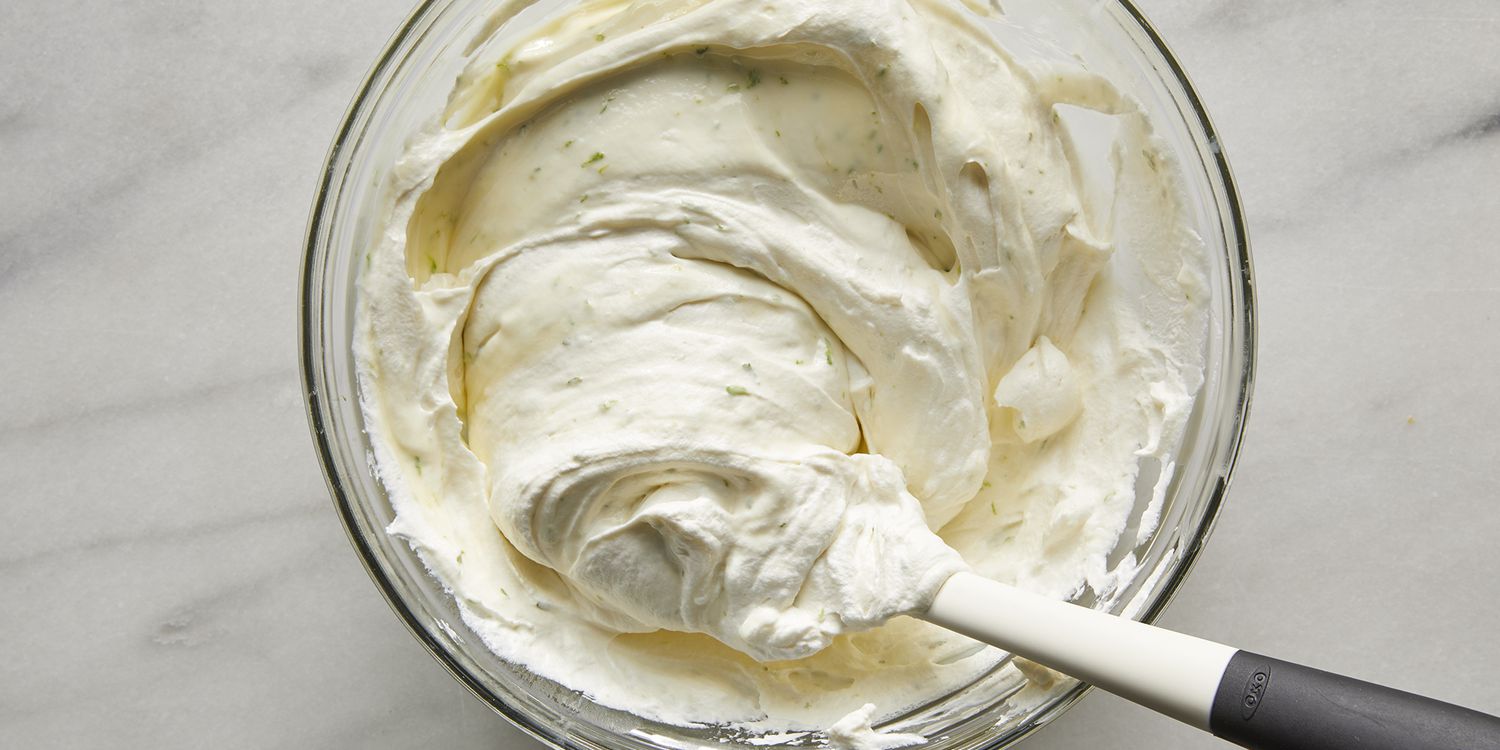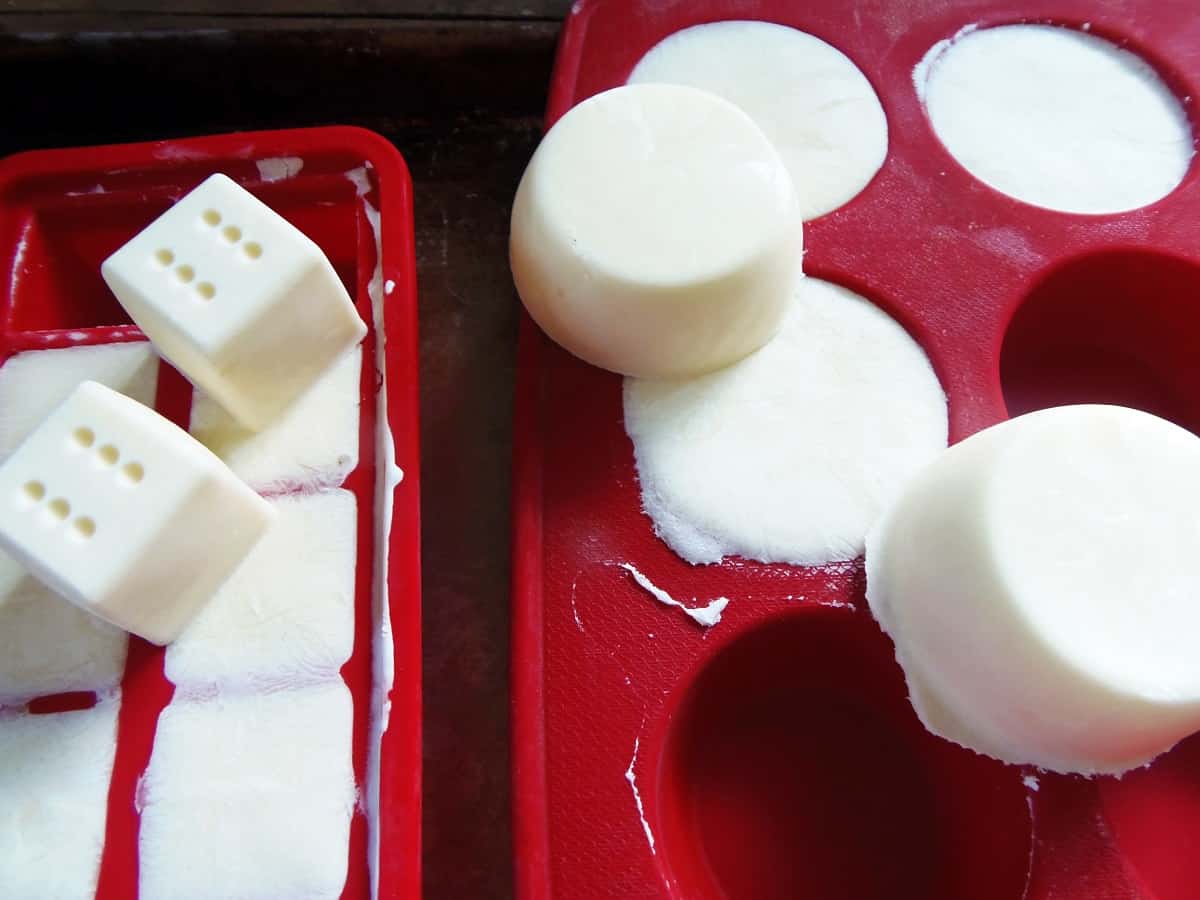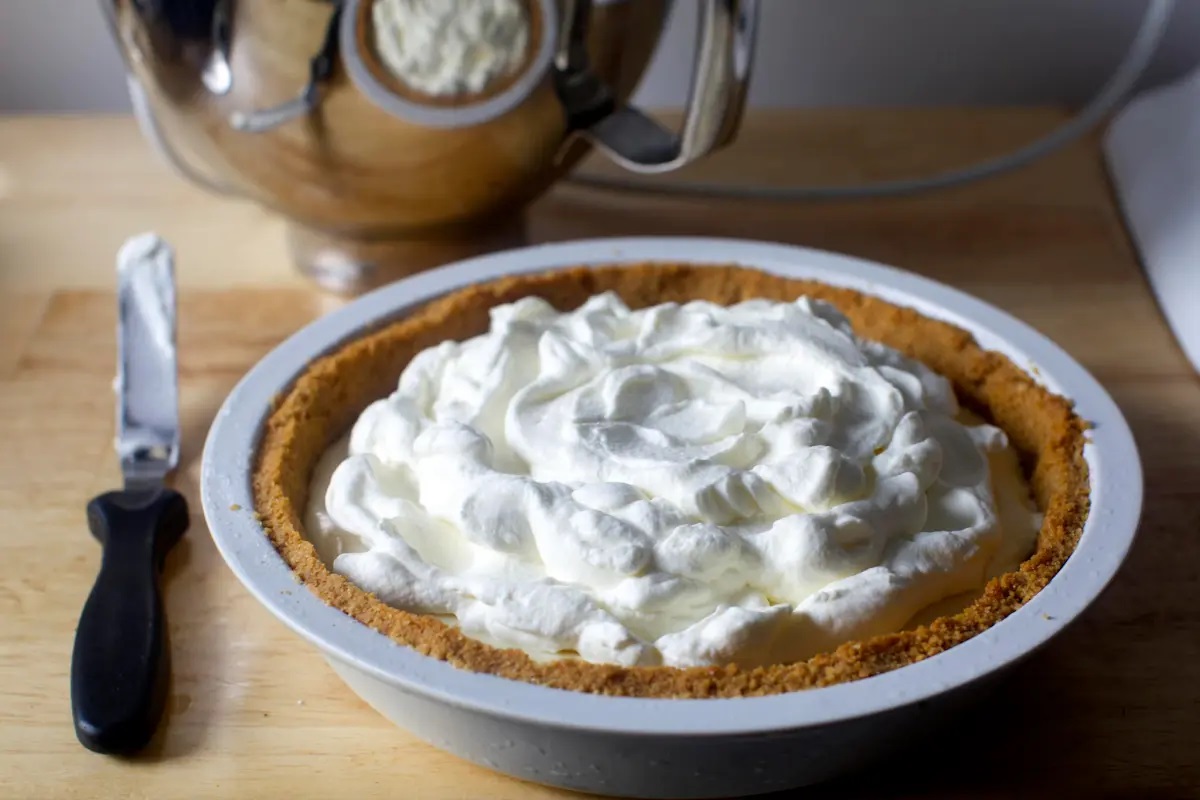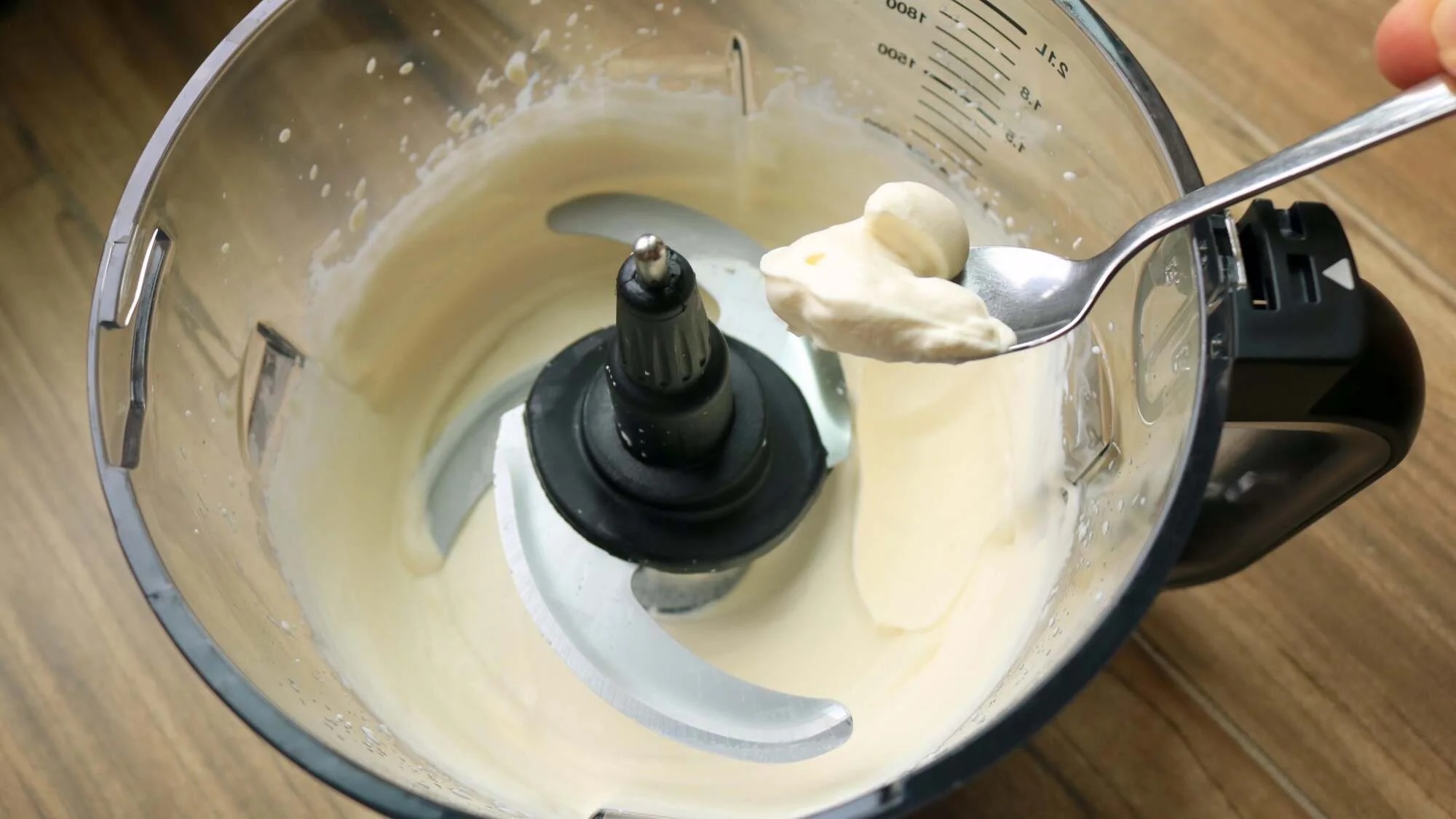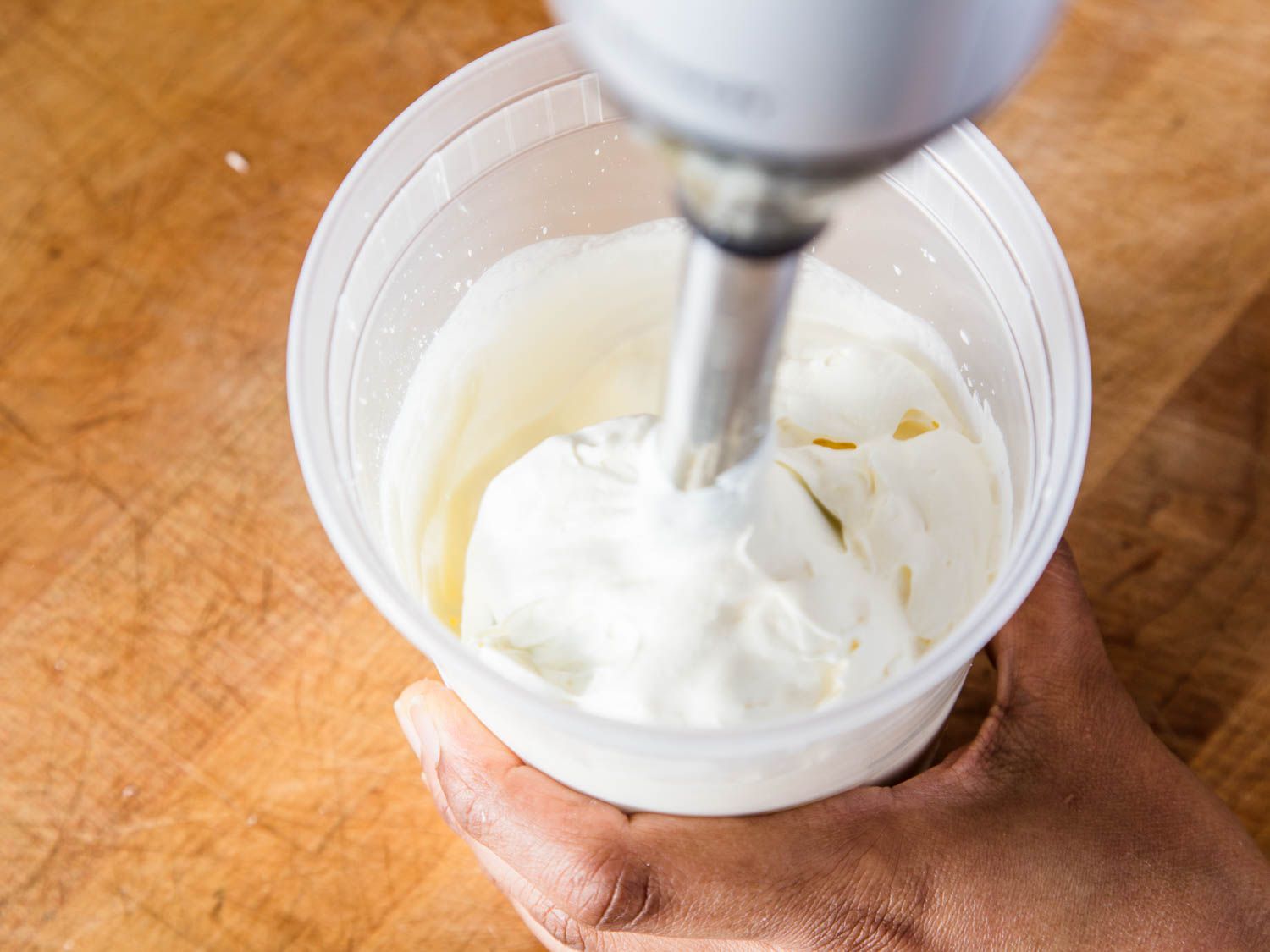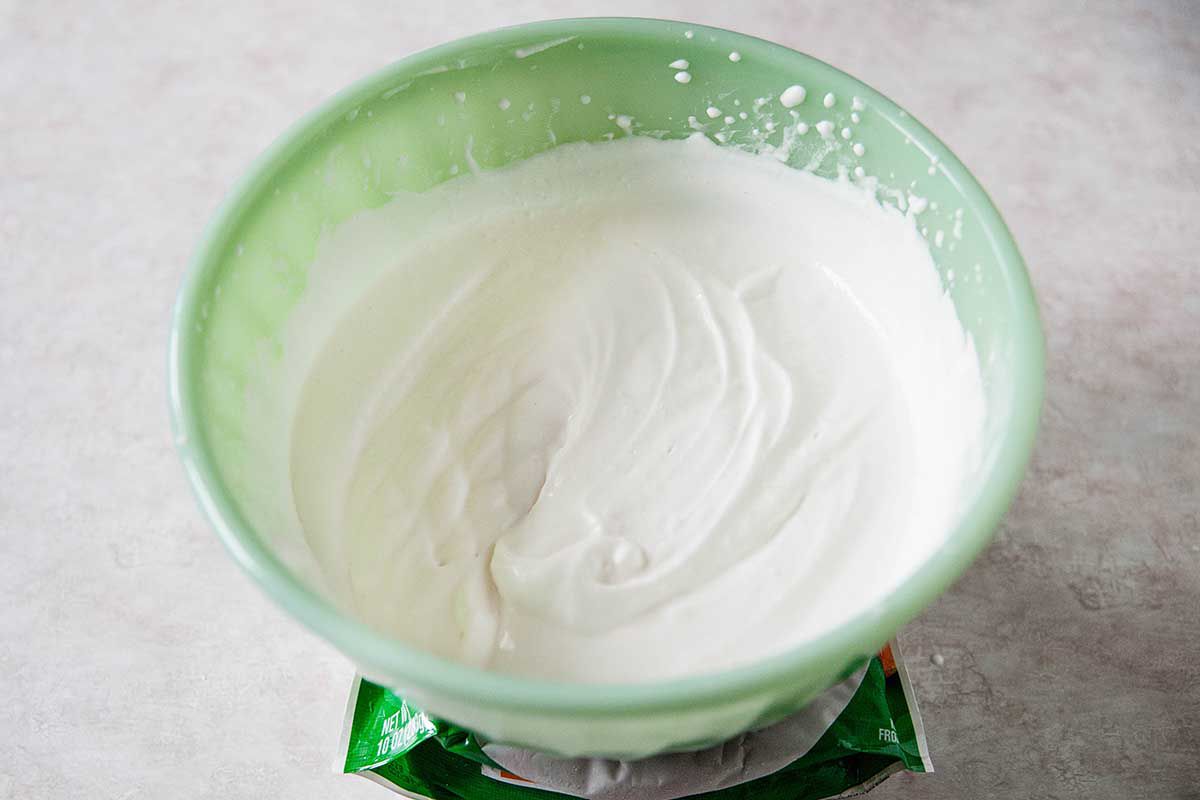Whipping Air Into Sweet Potato: A Delicious and Fluffy Treat
Are you looking for a creative and delicious way to prepare sweet potatoes? Look no further! By whipping air into sweet potatoes, you can create a fluffy and irresistible dish that will have everyone coming back for more. Whether you’re hosting a holiday gathering or simply craving a comforting side dish, whipped sweet potatoes are sure to be a hit. In this article, we’ll explore the art of whipping air into sweet potatoes and share some tips for creating the perfect fluffy texture.
Why Whip Air Into Sweet Potatoes?
Whipping air into sweet potatoes serves several purposes. Not only does it create a light and airy texture, but it also helps to incorporate additional flavors and ingredients. By incorporating air into the sweet potatoes, you can create a dish that is not only visually appealing but also incredibly delicious.
How to Whip Air Into Sweet Potatoes
Whipping air into sweet potatoes is a simple process that yields impressive results. Here’s a step-by-step guide to help you achieve the perfect fluffy sweet potatoes:
- Cook the sweet potatoes: Start by cooking the sweet potatoes until they are tender. You can boil, steam, or bake them until they are soft and easily mashed.
- Peel and mash: Once the sweet potatoes are cooked, peel off the skin and mash them using a fork or potato masher. Make sure to remove any lumps for a smooth texture.
- Add ingredients: To enhance the flavor and texture, consider adding ingredients such as butter, brown sugar, cinnamon, or nutmeg. These additions will complement the natural sweetness of the sweet potatoes.
- Whip the sweet potatoes: Using a hand mixer or stand mixer, whip the sweet potatoes on a medium speed until they become light and fluffy. Be careful not to overmix, as this can result in a gummy texture.
- Adjust consistency: If necessary, adjust the consistency of the whipped sweet potatoes by adding a splash of milk or cream. This will help achieve the desired light and airy texture.
Tips for Perfectly Whipped Sweet Potatoes
While whipping air into sweet potatoes is a straightforward process, there are a few tips to keep in mind to ensure the best results:
- Use room temperature ingredients: To achieve a smooth and creamy texture, make sure that the sweet potatoes and any additional ingredients are at room temperature before whipping.
- Avoid overmixing: Be mindful not to overmix the sweet potatoes, as this can lead to a dense and heavy texture. Stop mixing as soon as the desired fluffiness is achieved.
- Experiment with flavors: Don’t be afraid to get creative with flavor additions. Consider incorporating ingredients such as maple syrup, vanilla extract, or a hint of citrus for a unique twist.
- Adjust sweetness to taste: Taste the whipped sweet potatoes as you go and adjust the sweetness to your liking. You can always add a bit more sugar or sweetener if needed.
Enjoying Whipped Sweet Potatoes
Once you’ve mastered the art of whipping air into sweet potatoes, the possibilities for enjoying this delightful dish are endless. Whether served as a side dish alongside a savory main course or incorporated into a decadent dessert, whipped sweet potatoes are sure to impress. Get creative with toppings such as toasted marshmallows, chopped nuts, or a drizzle of caramel for an extra special touch.
Whipping air into sweet potatoes elevates this humble ingredient into a show-stopping dish that is both comforting and indulgent. With a few simple steps and a bit of creativity, you can create a memorable culinary experience that will have everyone asking for seconds. So, roll up your sleeves, grab some sweet potatoes, and get ready to whip up a fluffy and irresistible treat that will become a staple on your menu.
Whether it’s for a holiday feast or a cozy weeknight dinner, whipped sweet potatoes are a delicious way to add a touch of elegance to any meal. So, go ahead and give it a try – your taste buds will thank you!
Was this page helpful?
Read Next: How To Whip Potatoes In Kitchenaid Mixer
